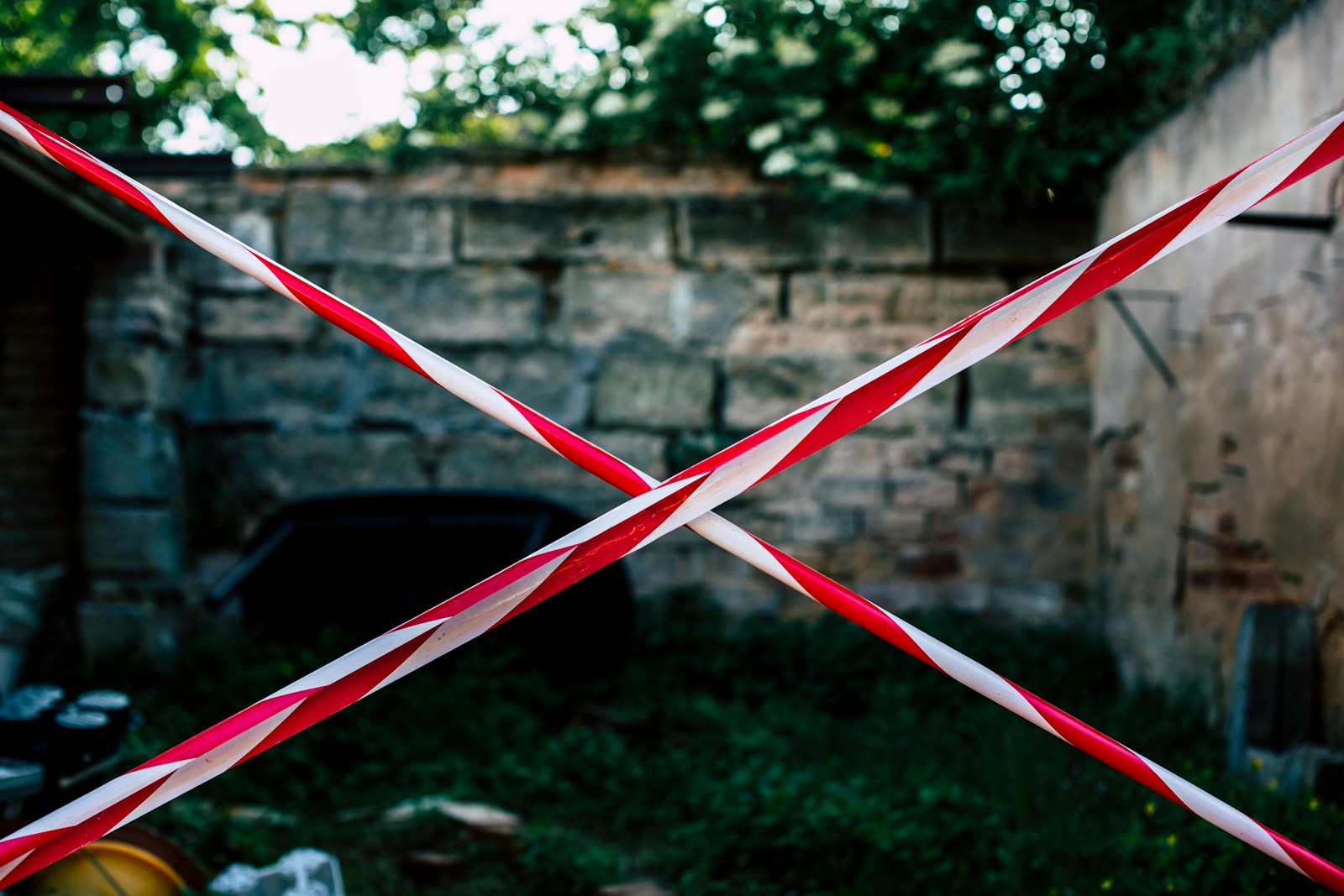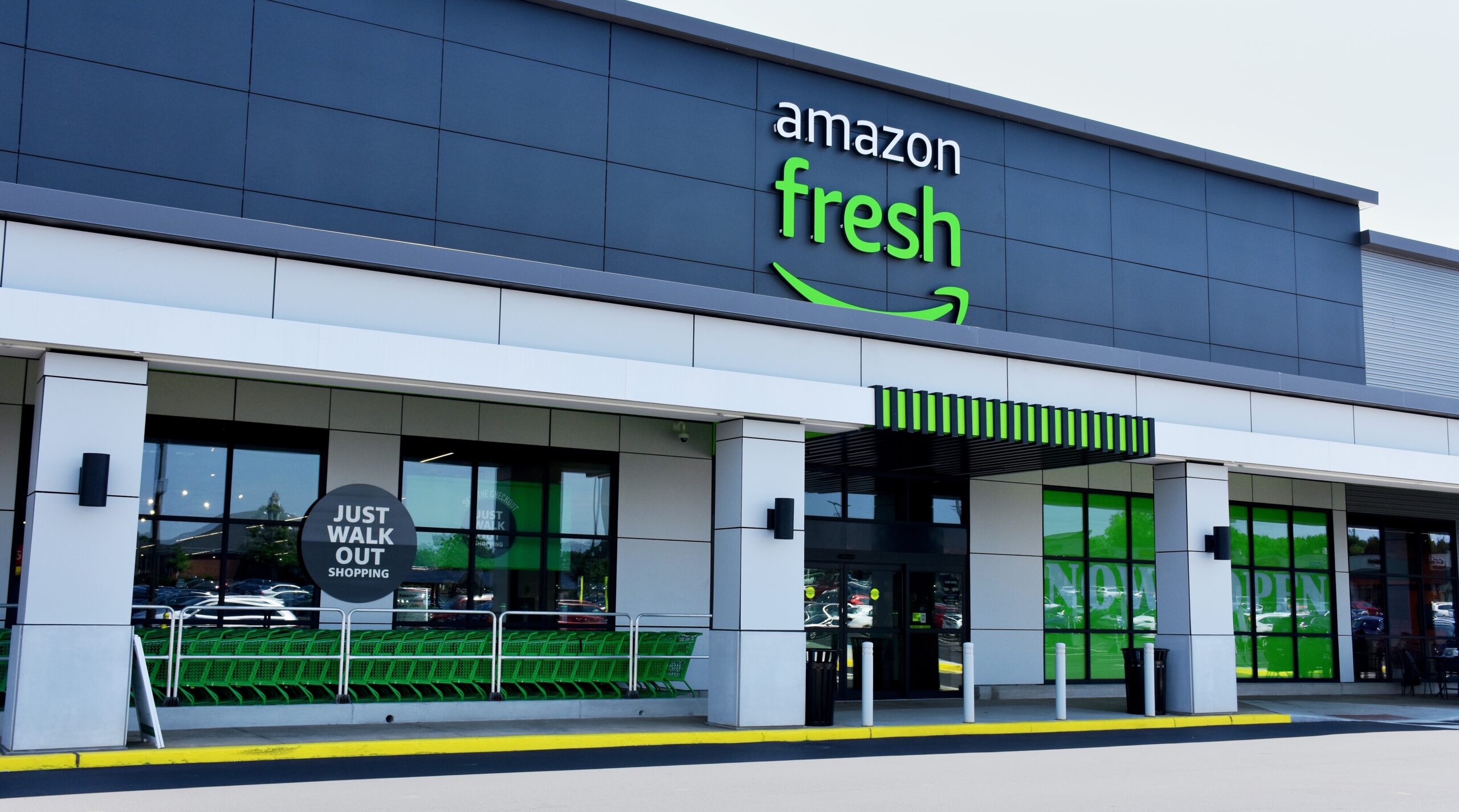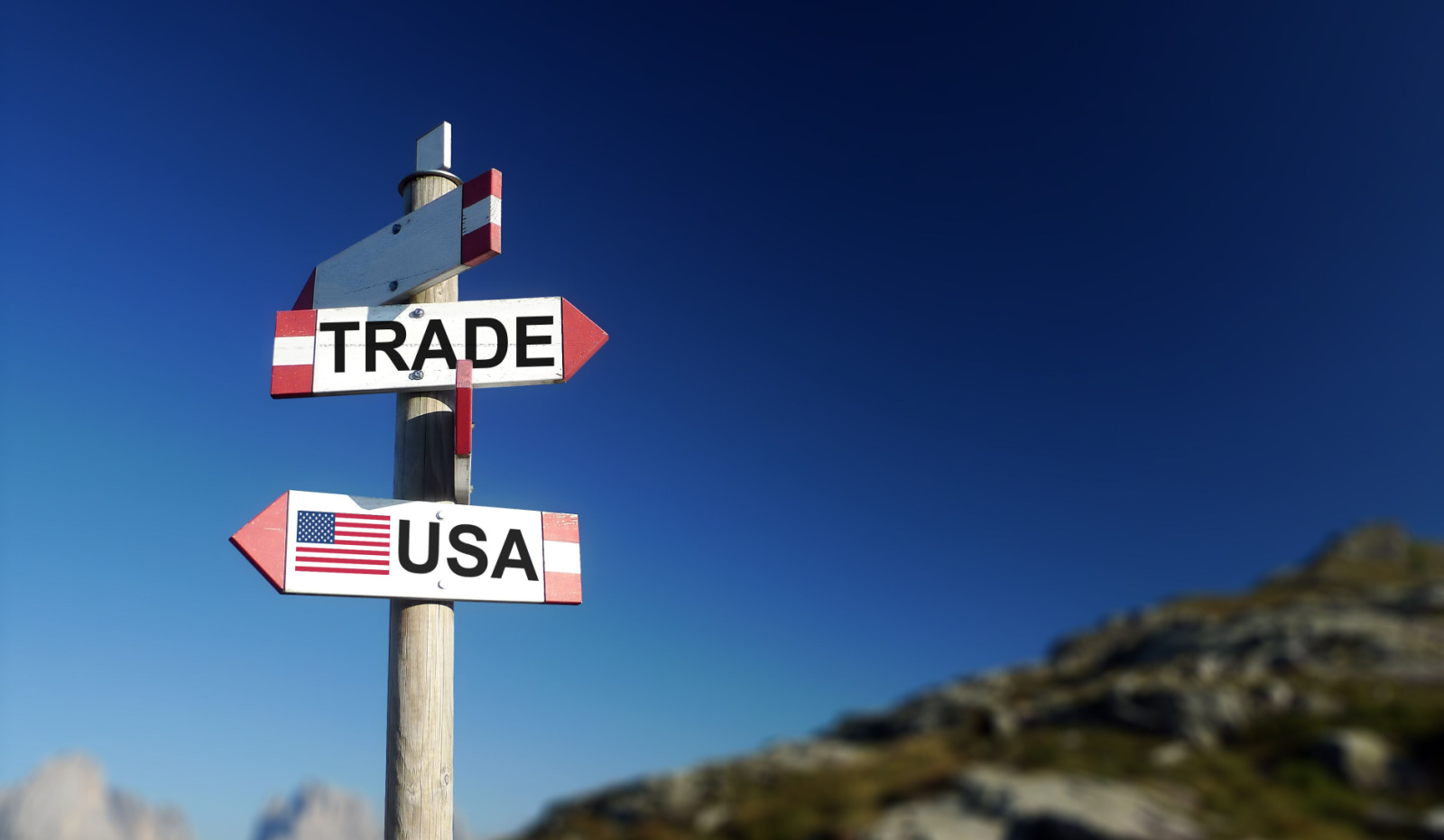Antitrust in 60 Seconds: Illinois Brick and the Indirect Purchaser Rule
The 60-Second Read:
Illinois Brick is a Supreme Court case that has come to represent the proposition that indirect purchasers are not directly injured, and are not able to recover damages caused by violations of antitrust laws. This rule has received attention recently because it arose in Apple v. Pepper, presently before the Supreme Court. The “indirect purchaser rule” arose from two cases involving purchaser liability. In the first case, Hanover Shoe, a defendant tried to escape liability by arguing the harm from its conduct was passed on from the direct purchaser plaintiffs to purchasers further down the supply chain. The Supreme Court decided that as a matter of policy it was not proper to allow defendants to escape liability using this argument. In the second case, Illinois Brick, indirect purchaser plaintiffs tried to recover for the harm that was passed through to them. The Supreme Court concluded that it could not hold for the plaintiffs without overturning Hanover Shoe. Believing the policy reasons for the Hanover Shoe ruling remained sound, the Supreme Court chose to bar indirect purchaser recovery. Courts continue to apply this rule today.
The Right of Private Enforcement
Antitrust enforcement policy in the United States has traditionally relied on both public and private enforcement. The DOJ has the exclusive right to bring criminal antitrust cases, and all civil antitrust cases can be brought either by the government or the public. Indeed, the public is actually incentivized to bring private enforcement actions through a statutory right of being able to recover treble (or three times) damages plus attorneys’ fees and costs.
The government, on the other hand, cannot seek fines in civil cases and can only seek injunctive remedies or recovery when the government itself is the harmed buyer. The FTC also has the exclusive power to seek disgorgement, which requires a party to return all unlawful gains. This power is most commonly used in the consumer protection context. The states also play an important role in this regime, and state attorneys general can not only bring cases for violations of state antitrust and consumer protection law, but can also bring “private” cases in federal courts on behalf of the state or its citizens.
This type of enforcement regime has both benefits and risks. For example, by enabling and incentivizing private enforcement, public enforcement does not demand the resources needed to police every instance of bad conduct. Indeed, private litigation represents well over 90% of all antitrust enforcement litigation in the United States. However, with so many potential plaintiffs there is a substantial risk of overlapping recovery. This risk is reduced somewhat by barring the government from seeking fines, but there remain many potentially eligible private plaintiffs that can seek treble damage awards.
Overlapping recovery can over-punish companies accused of violating the antitrust laws. This is a problem for a few reasons. First, scholars like Spencer Weber Waller and D. Daniel Sokol have identified that antitrust laws are sometimes used by “large competitors seeking a strategic advantage through litigation.” Over-punishment can increase the effectiveness of this strategy and lead to unintended results. Second, over-punishment that approaches an existential threat to accused companies can result in unintended harms to consumers. There are many companies currently producing products and services consumers enjoy that have previously run afoul of the antitrust laws but since corrected course. Had punitive outcomes eliminated these businesses as meaningful competitors, consumers would be worse off. Additionally, the threat of over-punishment may discourage businesses from operating in industries with unclear rules and exposure to multiple classes of potential plaintiffs. As a policy matter, we tend to want companies to become compliant rather than cease operations. Finally, there is a risk that we create a disincentive for companies to reach quick settlements with the government in cases of marginally undesirable conduct. Companies who would normally be eager to work with the government to establish clear rules through a consent decree may instead feel pressure to “circle the wagons” and fight rather than face cascading liability from follow-on private enforcement.
The Illinois Brick Indirect Purchaser Rule
In the 1977 case Illinois Brick Co. v. Illinois, the Supreme Court addressed the problem of overlapping recovery head on. In this case, the state of Illinois (on behalf of itself and 700 local governmental entities) sued concrete block manufacturers for illegal price fixing. This concrete block was purchased by masonry contractors, who were hired by general contractors that built buildings for the state. The state alleged that it had overpaid for these buildings by $3 million.
The Supreme Court wrestled with the idea that, in order to prove injury, the plaintiffs would have to show that all or part of the overcharge was passed on to the final governmental purchasers rather than being absorbed in the two intervening layers of distribution (the masons and general contractors). The Court also had to deal with a 1968 ruling in Hanover Shoe, Inc. v. United Shoe Machinery Corp. that had almost the reverse fact pattern. In Hanover Shoe, the defendants tried to dodge a suit by direct purchasers under the theory that these direct purchasers passed on 100% of the illegal overcharge. The Hanover Shoe Court held that the direct purchasers were injured by the full amount of the overcharge and defendants could not introduce evidence that any of that overcharge was passed on. The Supreme Court justified its ruling because it reasoned to hold otherwise would overcomplicate trials with attempts to trace overcharges through the supply chain, and the Court believed that direct purchasers were more likely to bring cases than indirect purchasers.
The Court in Illinois Brick first concluded “that whatever rule is to be adopted regarding pass-on in antitrust damages actions, it must apply equally to plaintiffs and defendants.” Based on this conclusion, the Supreme Court faced the choice of either overturning (or limiting) the Hanover Shoe ruling or barring “respondents’ attempt to use this pass-on theory offensively.” Essentially, this meant that the Supreme Court either had to retreat from its view in Hanover Shoe that direct purchasers were the best positioned private party to enforce the antitrust laws, or the Court had to bar indirect purchasers from being able to bring antitrust cases. After much deliberation, the Supreme Court chose the latter.
Key to the majority’s decision in Illinois Brick were several policy considerations. First, the Supreme Court did not want to “open the door” to duplicative recoveries. Second, the Court believed that requiring courts to calculate the overcharge passed along at each step of the supply chain would be complicated and time consuming. Based on the uncertainties, costs to the judicial system, and harm to the efficient enforcement of antitrust laws, the Court believed it bad policy to open courts up to protracted battles on this issue. Finally, the Court believed that, on balance, this ruling would yield the greatest incentive for private enforcement. The Court believed that direct purchasers were the best positioned to act as “private attorneys general” and that this rule would provide the greatest incentive for them to act because they would not have the added expense of having to prove their share of the overcharge and they would be able to recover three times the full amount of damages.
The Supreme Court (Potentially) Revisits Illinois Brick
This term’s Apple v. Pepper case could potentially give the Supreme Court the chance to revisit the indirect purchaser rule made in Illinois Brick. At issue is “whether consumers may sue anyone who delivers goods to them for antitrust damages, even when they seek damages based on prices set by third parties who would be the immediate victims of the alleged offense.” The case concerns iPhone app purchasers who have accused Apple of violating antitrust laws by requiring users to buy apps exclusively from Apple’s own app store.
At a minimum, the Supreme Court will have to clarify whether iPhone app purchasers are direct purchasers that can proceed with their case or indirect purchasers that are barred from recovery under the Illinois Brick rule. There is also some small chance that the Supreme Court uses this case as an opportunity to review the Illinois Brick and Hanover Shoe decisions, either to clarify, narrow, or overturn them. Even if the Supreme Court allows app purchasers to proceed with their case, the ruling may be constructed narrowly based on the facts, to avoid opening the floodgates to similar lawsuits.








